Gymnastics Levels Explained: A Comprehensive Guide for All Skill Levels
Gymnastics is based on a progressive level systems, where each represent the newest state of development for the gymnast. As you work your way up through these gymnastics levels, the skills and routines become more difficult, further testing and bettering what you are able to do. At the end, from Level 1 till the international level, everyone has to put that dedication at every single stage.
Table of Contents
In this post, you will be guided about gymnastics levels. It includes the skill requirement details according to different levels, the routines, and how do they move on to next level. When it comes to understanding your levels, this is also important for setting and monitoring goals as a gymnast;
Level 1:
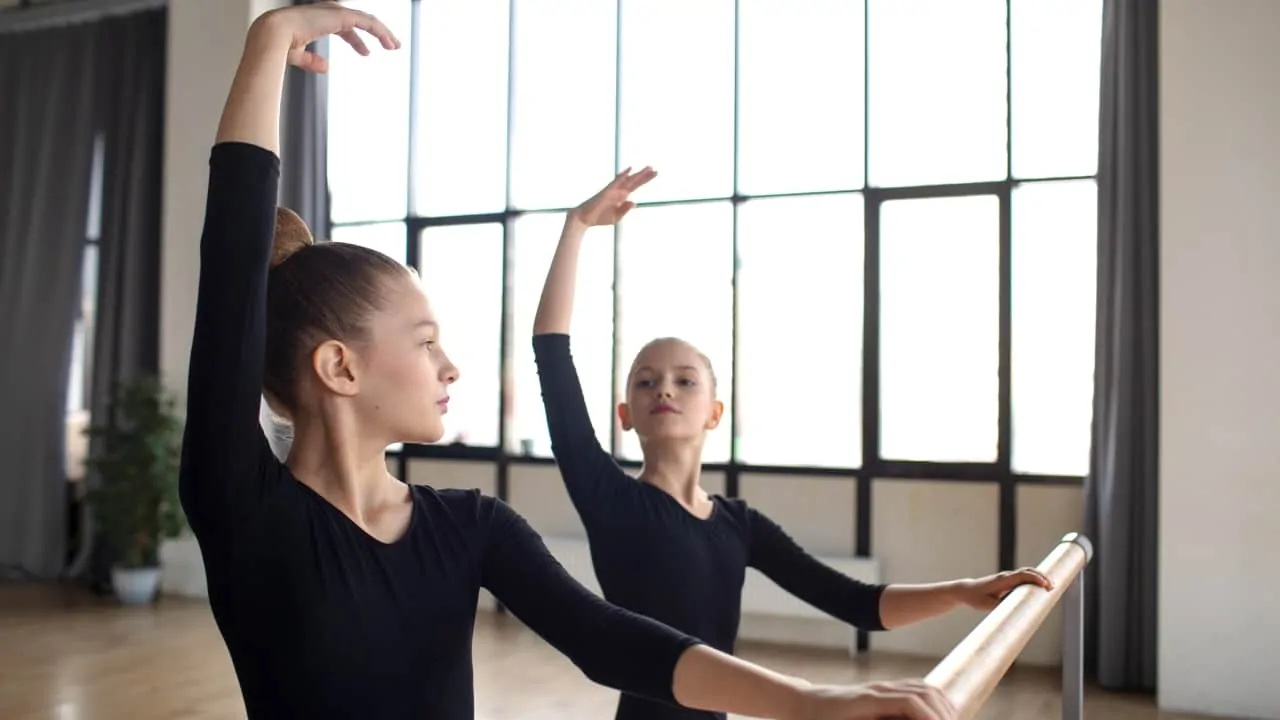
Level 1 is the first experience to competitive gymnastics levels where young gymnasts learn some of basic skills that they will need. Basic skills are required for permanent foundation and building on in further competition levels. On all events, this level is to master the basic skills and does not include in-house competition.
You’ll be doing on floor forward rolls, balance beam, walking over uneven bars, and basic mounts/dismounts. On the Level 1 side, you are doing lots of drills to further develop your coordination, strength and flexibility usually as a child as a developing gymnast.
Even though you may think the tuck jump or forward roll is child’s play. These basic skills are imperative for your advancement as you climb to higher levels. You want coaches at this level, who focus on teaching you the right way to do things. So that you build habits which will take with more difficult skills in later levels.
Level 2:
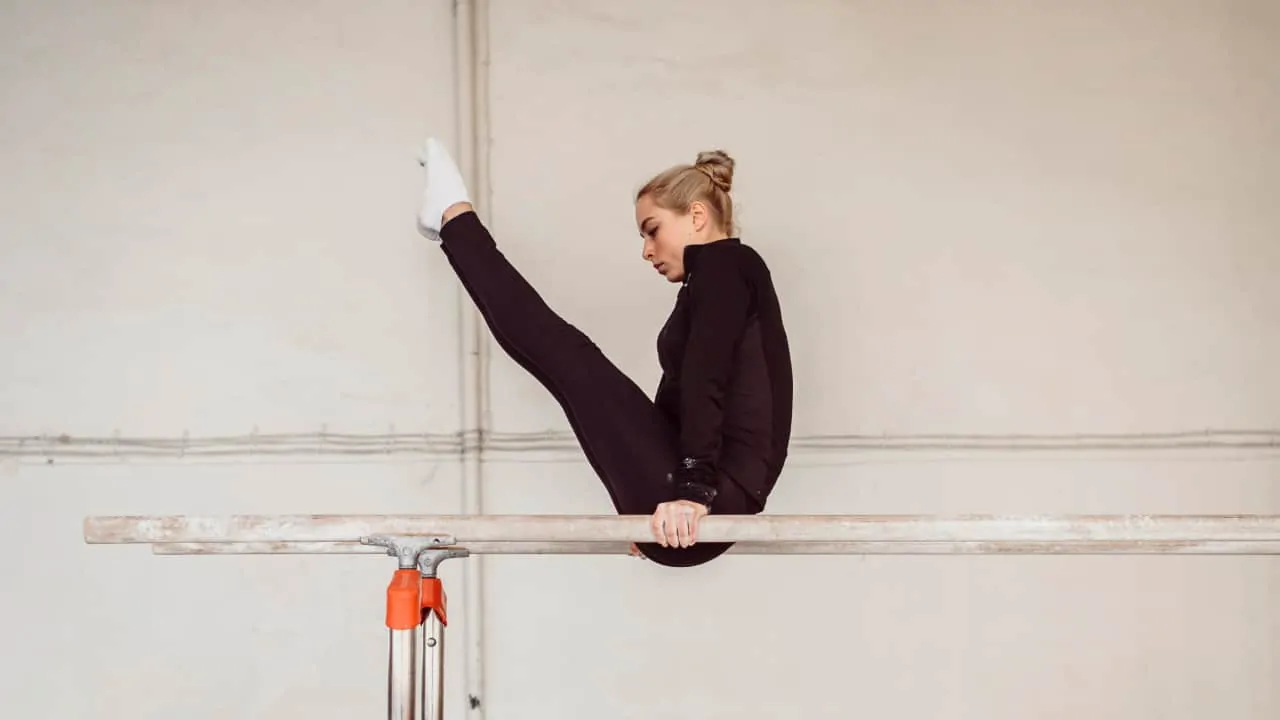
This level is an ADDITION to the skills we established in Level 1 and adds more intermediate (but still basic) skill development while continuously focusing on proper technique. Now this level is where you start to fine tune your skills and learn some more difficult movements. Like a floor cartwheel or glide swing on the bars. Beam work is slightly more complex and includes skills such as pivot turns, side handstand dismounts.
Related Pick: How to Make a Gymnastics Bar | Instructions | Guide
As Level 2 continues, you will find yourself getting stronger and more flexible as these tricks become easier to execute. This level is also where you learn how to piece together movements, and move seamlessly for a skill or position in a controlled and fluid manner. The skill taught in Level 2, even though largely foundational, plants the seeds for some of the more advanced methods and routines.
Level 3:

Once the basics are learned, we progress to the beginning of complex skills – Level 3. At Level 3, You’ll start basic routine on each apparatus by means of short sequences in choreographed routines. You will do full basic routines on every event with skills like handstands/back walkovers for floor and tap swings in the bars. The balance beam has handstand, leap combinations, and the vault front handspring.
You need this level of practice for consistency. You will drill these routines paying attention to every note pass, down block and step. It is more about learning how to do new things than doing them well, but you should at least try and get fancy with it. As you have these pieces mastered, it is when the habit and mental strength, needed to perform well in competition starts becoming strong.
Level 4:
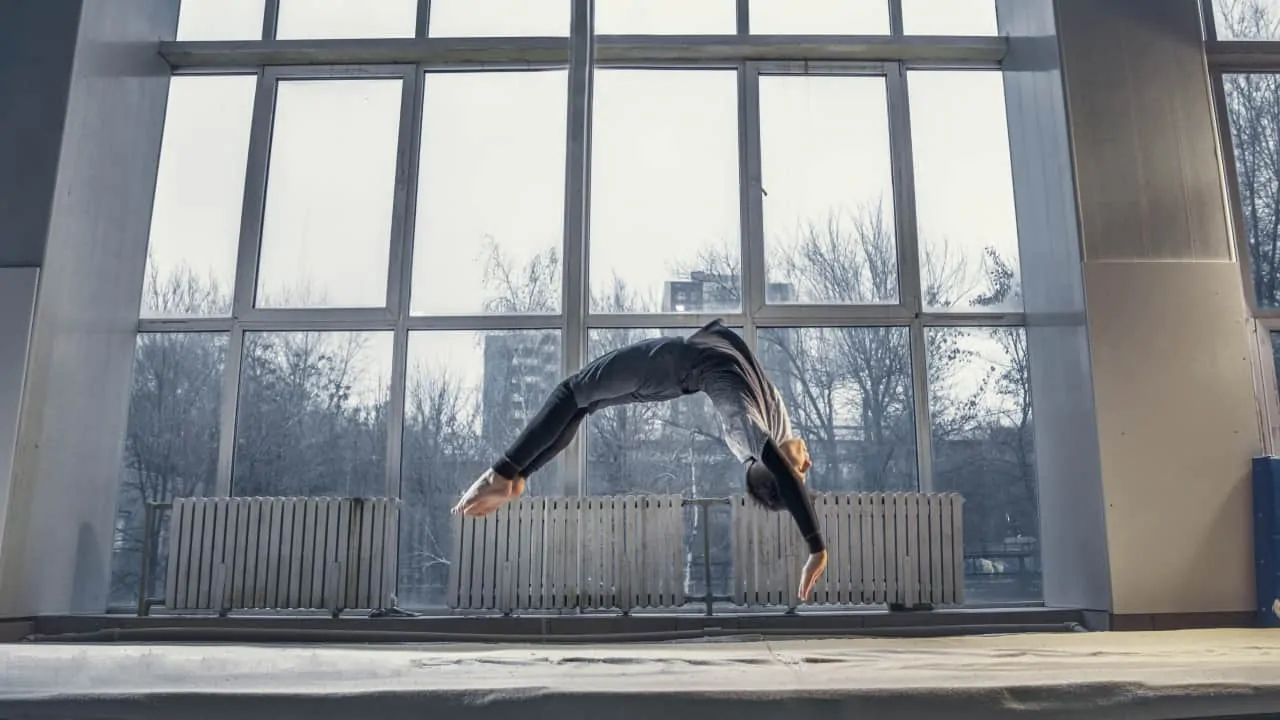
In Level 4, gymnasts are now in the full competitive mode with their routines at meets. As a Junior, you are going to be expected of more skill and higher quality routines than what was produced at the sub-novice level. While you are on the floor, you will incorporate skills such as round-off back handsprings and front handsprings. The uneven bars (kip, cast to horizontal and back hip circle) will test your skills as well as the balance beam (the handstand, cart wheel and a split leap).
You Might like to Read:
It has furthering progressions with a continued blend of skills, including the front handspring vault. Four is when you can see all of your hard work in action. The judges critique each routine for execution, form and overall performance. Wrestling in a match is something that you will soon learn as well, STAY CALM and do not get too nervous out there.
Level 5:
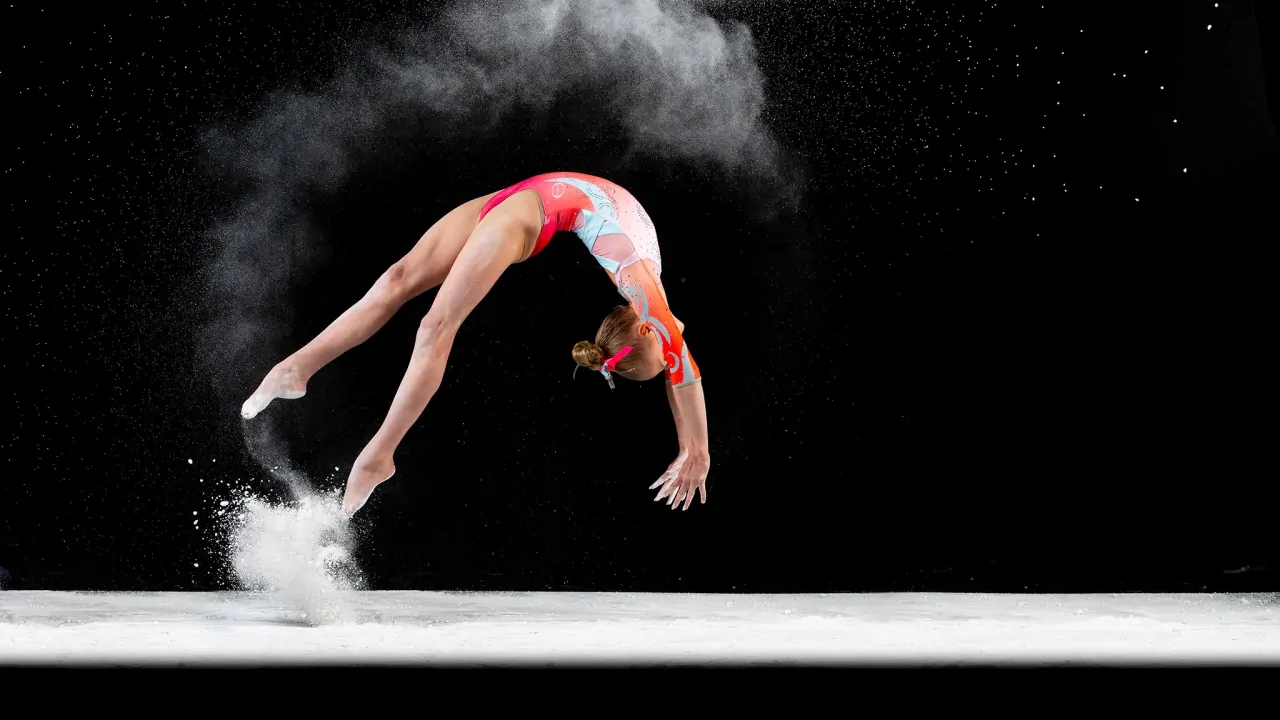
For sure, Level 5 is a game-changer in gymnastics levels as basic skills and routines increase to intermediate. This is where your routines get difficult and demand strength, flexibility and coordination. Skills such as round-off, back handspring, back tucks, and front tuck steps-outs on floor, showcasing your combination of skills throughout a pass. The skills required on the uneven bars include toe-ons, clear hip circles, sole circle. Each one of these means that you have to maintain a good deal of control and precision throughout your routine.
You will do moves such as back walkover, side handstand and leap connections which are balance and confidence based just like on the beam. The vault still has to do with the front handspring but now focuses on height, distance as well as clean and safe landing. Additionally, Level 5 is when you really begin to discover yourself as a gymnast and develop your individual style as an athlete. It involves the art of making your routine uniquely YOU, while balancing that within technical excellence.
Level 6:
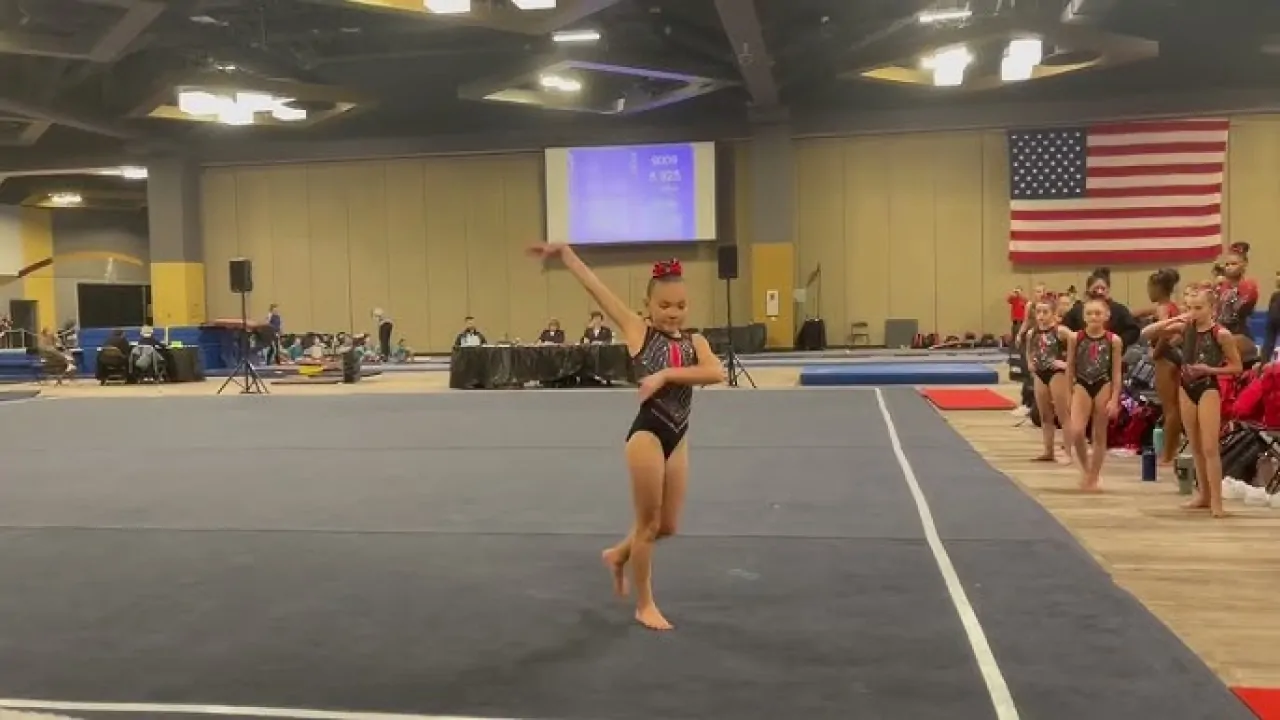
Level 6 is an optional level, meaning this is where gymnasts can start to be themselves in their routines and really play-up what they are best at! This is when you can begin to tailor your routines based on the abilities. Abilities at which you are most proficient, giving that added touch with each performance. On the floor, you might like to do a front layout, an aerial cartwheel or full twist to do depending on your strength and performance.
On the uneven bars, you will see a lot more originality with gymnasts doing skills such as the giant swing and free hip to handstand. It gets more advanced with a back handspring step-out, side aerial and full turn on the balance beam. Beginning level 6 with vault, you will start to learn newer entries and other more advanced skills such as the Handspring Half-on and Handspring Full-off.
This level is about continuing to expand your knowledge and pushing your limits in getting out on you by trying new things. All of this while continuing to refine your technique and build on the foundation that you have established in the previous gymnastics levels.
Level 7:
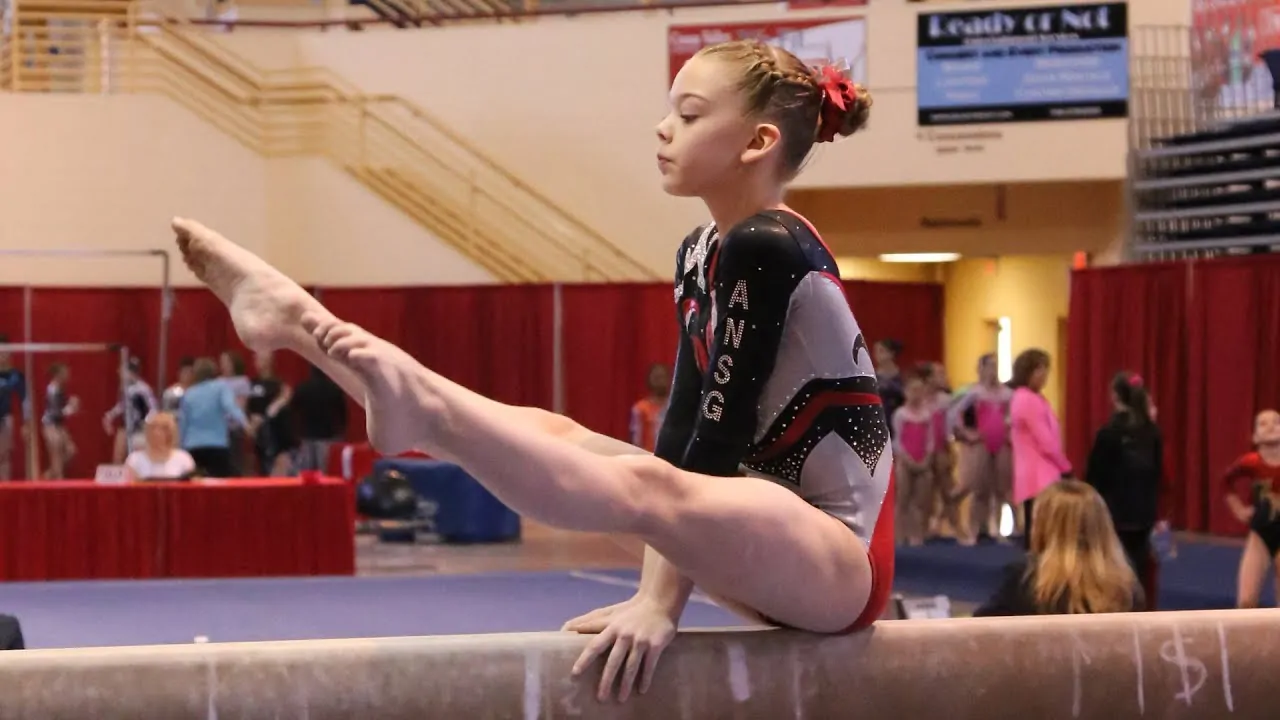
Level 7 is an optional level and gives this even more freedom for variations in its routines and skills, quite meticulous. By this point, your routines are as individualized and powerful of strength as you can make them. While on the floor you will perform tumbling passes that include full turns, layout step outs and front handspring front pikes.
On the uneven bars, you’ll have to learn a skill like the giant swing with a full twist and clear hip to handstand or that flyaway with a twist. In the balance beam routine, the back handspring-back layout combo receives praise from judges and fans alike due to its impressive nature. Likewise for skills like the split leap or even an aerial cartwheel.
Higher-level vaulting in this category begins to creep over into Level 7, where you may see more advanced types of vaults such as the half-on full-off and Tsukahara. As of Level 7, you will be polishing your skills so that each element is executed with pinpoint accuracy, boldness and flair. The talent to thrive in pressure, remain focus and display complex skills smoothly are ways Level 7 gymnasts stand out.
Level 8:
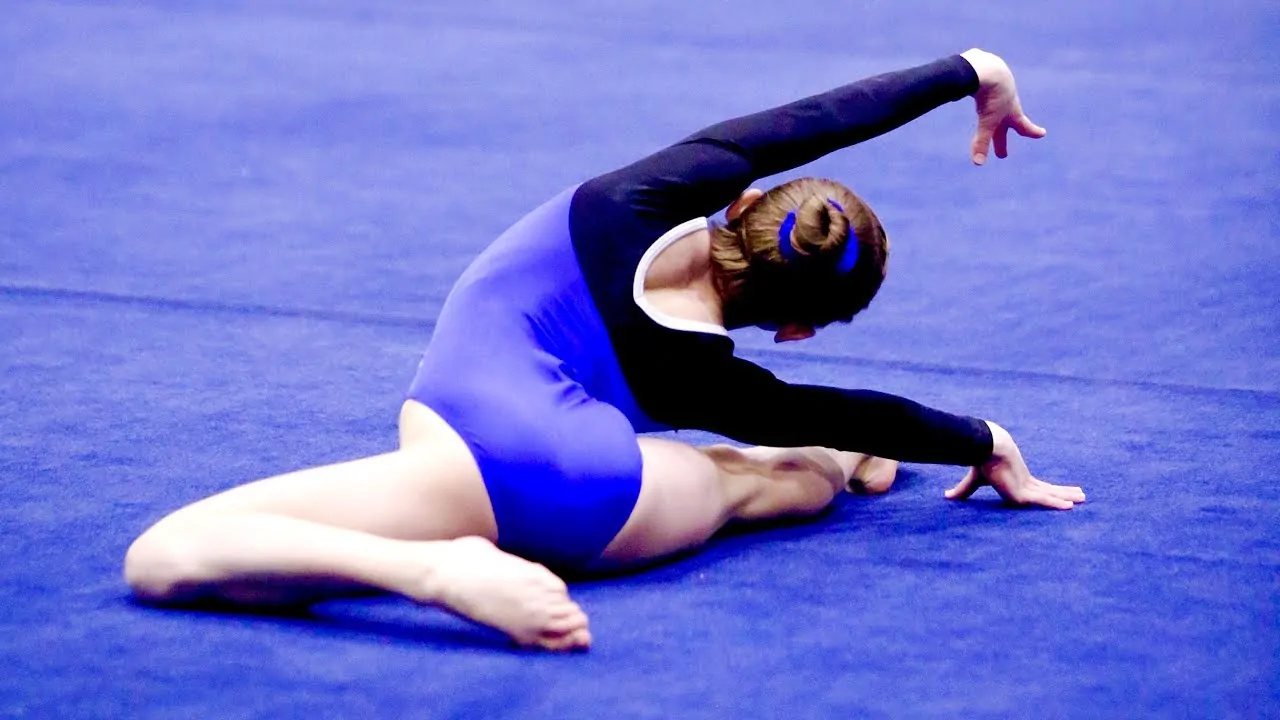
This is the level where gymnasts start competing more, usually at regionals and sometimes nationals. At this level, the routines are harder and the skills more complex. They require a high degree of strength, flexibility, and skill.
For floor you will be doing more advanced tumbling passes, power double, back tuck, front layout, front tuck as well as full twists combinations. On bars, you will be doing difficult skills – the giant fulls, double back dismount, and hip to handstand with a pirouette. The balance beam judges your sense of equilibrium and accuracy. It includes skills like the back handspring, back layout, back layout connection, and switch leap to split jump at a 180-degree position.
At Level 8, vaulting moves to a next level with Yurchenko entry and handspring front. Level 8 is a more difficult level than Level 6. Here you start to see the full picture of your dedication in this sport as you grace through difficult and beautiful routines.
Level 9:
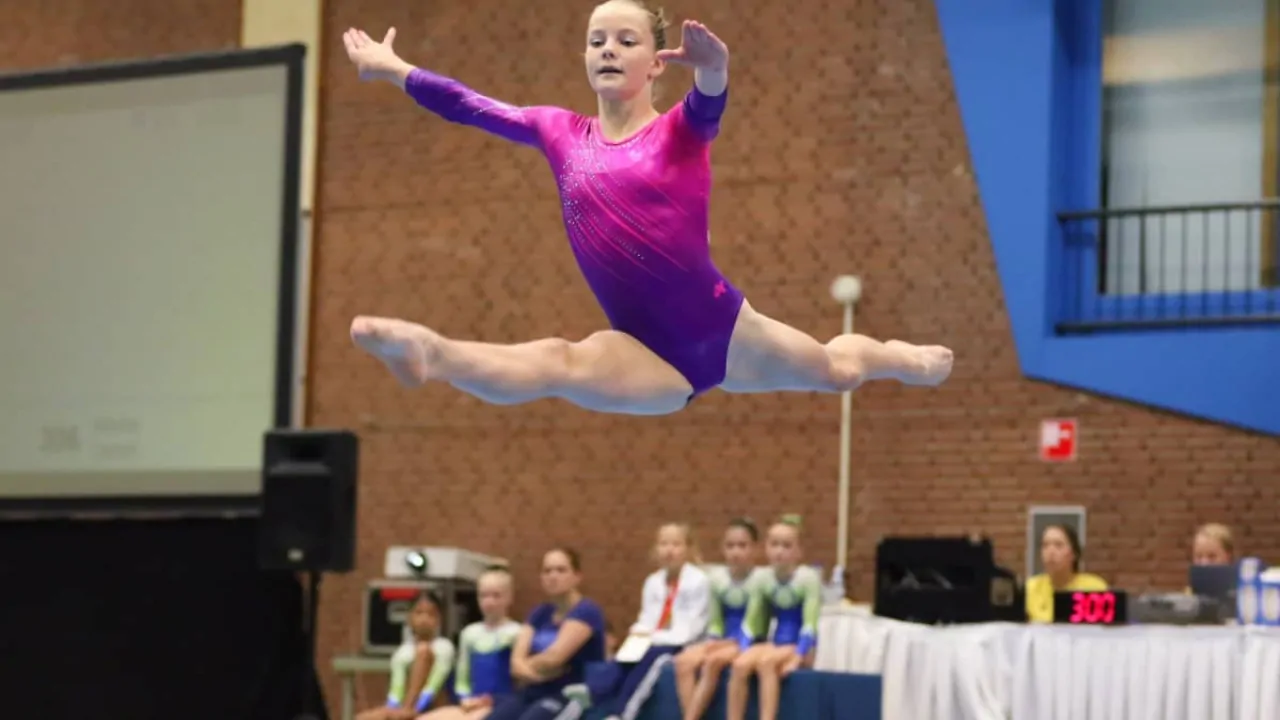
Level 9 is one of the higher gymnastics levels where some require routines to be performed with most difficult skills within a repertory. This level is competed on the national scale against some of the best gymnasts in USA. Your routines are meant to display that you have significant skills at an advanced technical mastery.
On floor, you might compete high-level tumbling passes such as a double layout, front full to front layout, and triple twist. On the uneven bars you will be challenged with such skills as double front dismount, Pak salto, and giant swing combinations to full twists. The beam really separates the good from great, with more physical endurance and skill requirements. Like a back handspring, back layout, step-out combination, switch ring leap and full turn with double twist.
Vault at Level 9 will involve difficult vaults such as the Yurchenko full, handspring layout front and Tsukahara twist. It is when you start to step out of your comfort zone as a gymnast- with physically and technically hard routines. It’s a tough competition and every routine you do means years of hard work, dedication and love for the sport.
Level 10:
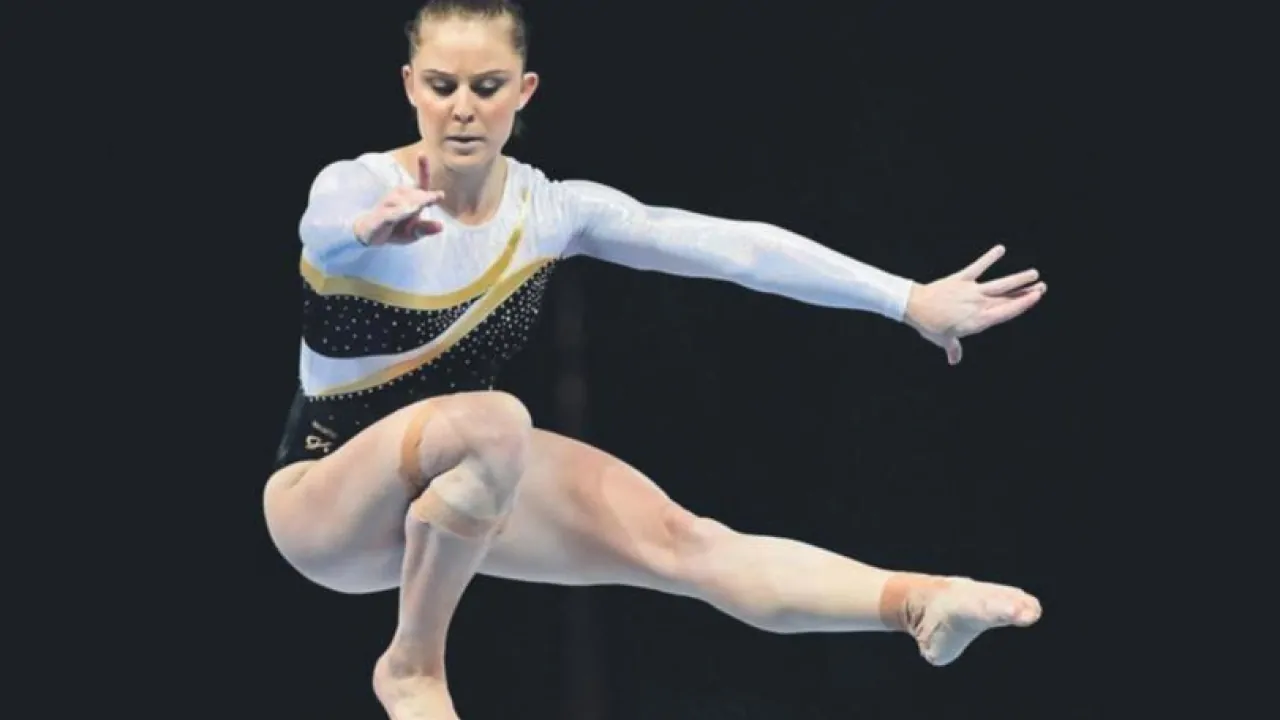
Level 10, the highest level of Junior Olympic gymnastics, routines are performed by gymnasts with elite-level performers. Any level beyond this, your routines should be much more catered towards your strength with great proficiency.
On floor, you’ll throw insanely high difficulty tumbling passes like a double double, front double full, and full-twisting double back! Complex combinations such as the Shaposhnikova, double layout dismount and full-twisting giant swings. The balance beam requires great control, power and precision with skills such as the back handspring-back, layout-full twist, switch ring leap to back handspring, and a double turn with full twist.
At Level 10, the bar is raised high for such advanced vaults as Yurchenko double full, Tsukahara double twist, and handspring Rudi. Level 10 competition demands a level of elite physicality, but also an intense mental strength to match. You have worked for every routine and theses should therefore be some of the best routines we will see. Because if someone has been doing their sport since they could walk then it had better look out-of-this-world good.
Elite Level Gymnastics:
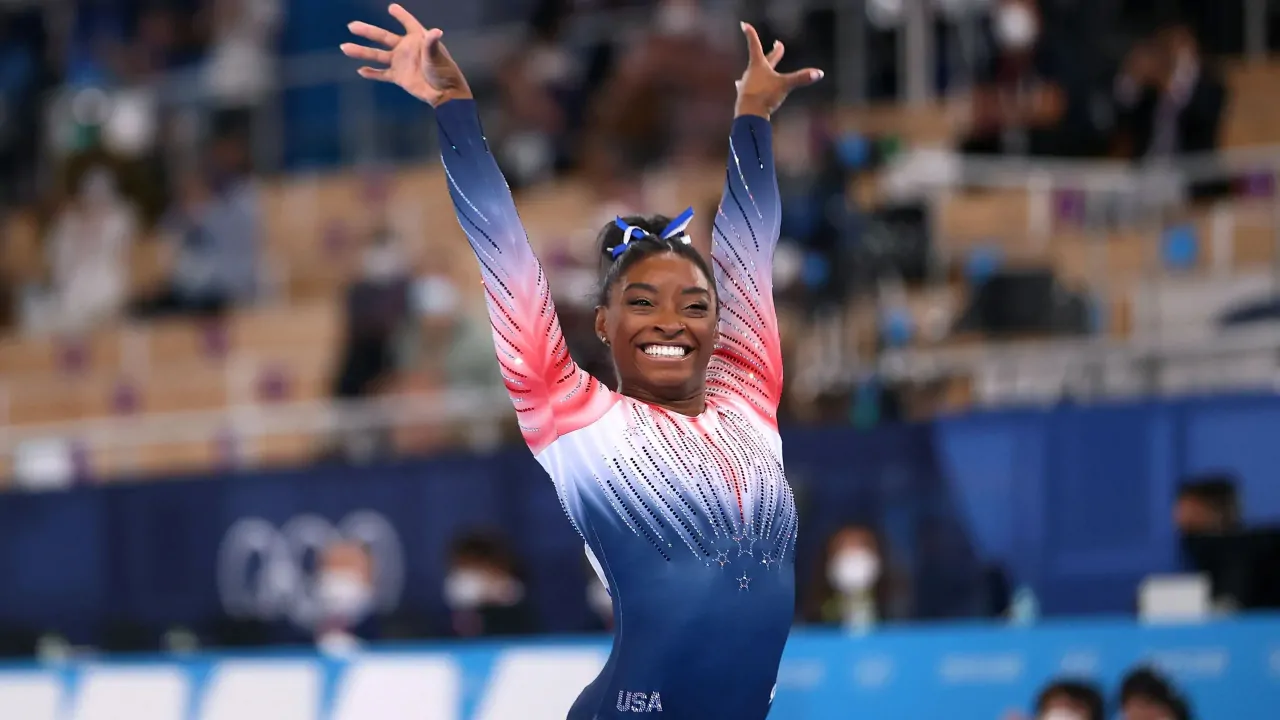
Competitive gymnastics is the world’s toughest sport, where they compete at the national and international gymnastics levels, including the Olympics and World Championships (Olympics). As an elite gymnast, your best sport must perform routines featuring its most difficult skills with flawless execution and artistry.
On the floor, you will do tumbling passes like the double layout full out, front double pike, and triple twisting double layout. This event features skills like the Weiler kip, Maloney to Gienger, and double-twisting double layout dismount. On the beam it is more of a test on precision, skills such as triple series (back handspring-back, layout-back layout), switch leap to back tuck and full turn with a double twist.
Elite level vaults involve some of the best gymnastics levels, with examples including the Amanar (Yurchenko 2.5 twists), Cheng (half on, Rudi off), and Produnova Vaults (Lopez). It takes more than ability to make it on the grandest stage, being mentally resilient and deciding that this is all you want in life. Either way every routine that you do is a show with your skill, artistry and dedication to it; and that sets an elite gymnast apart as the best in the world.
